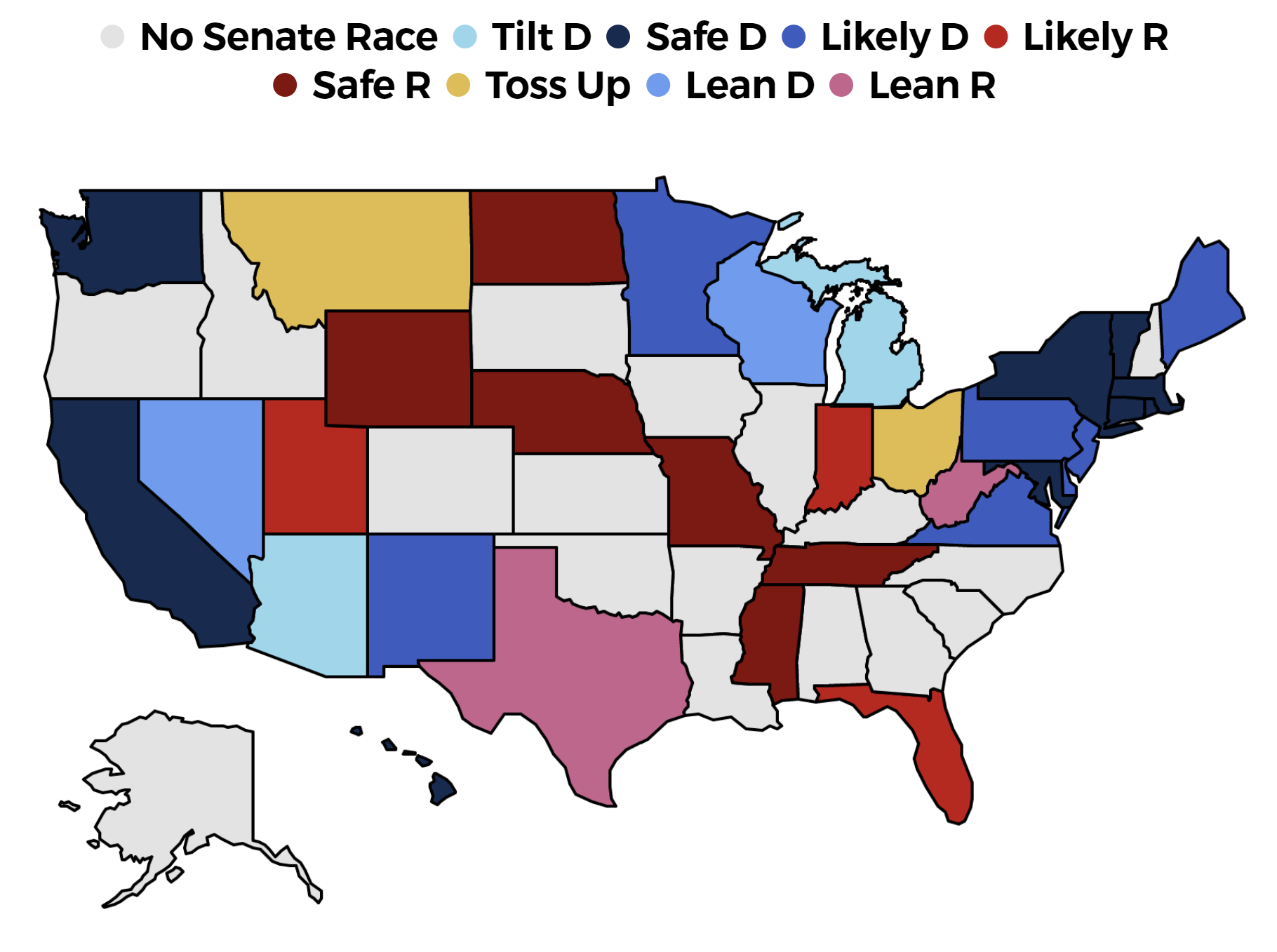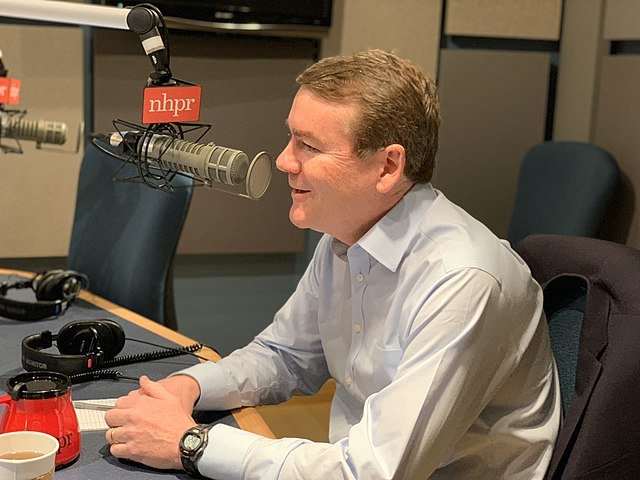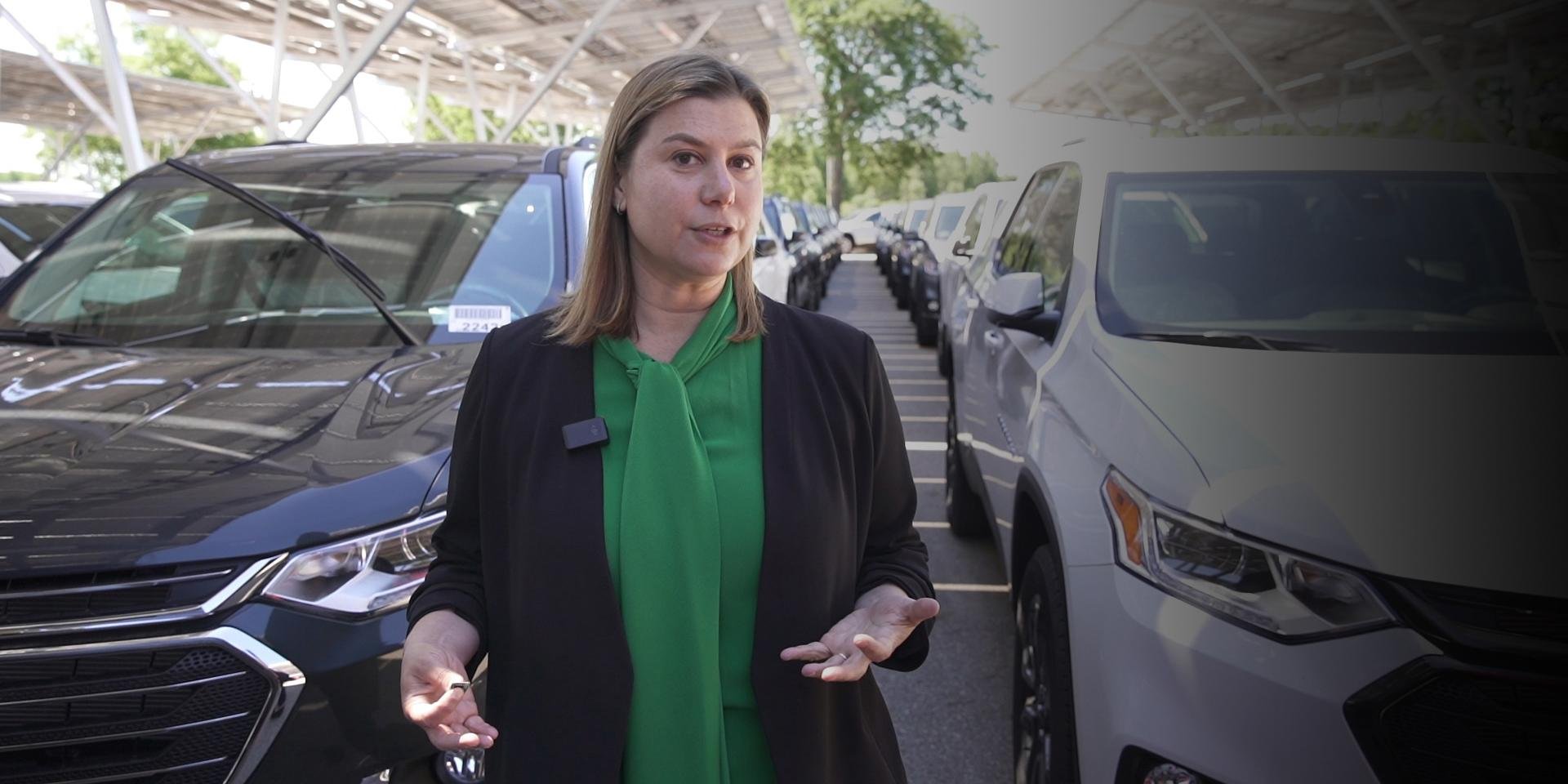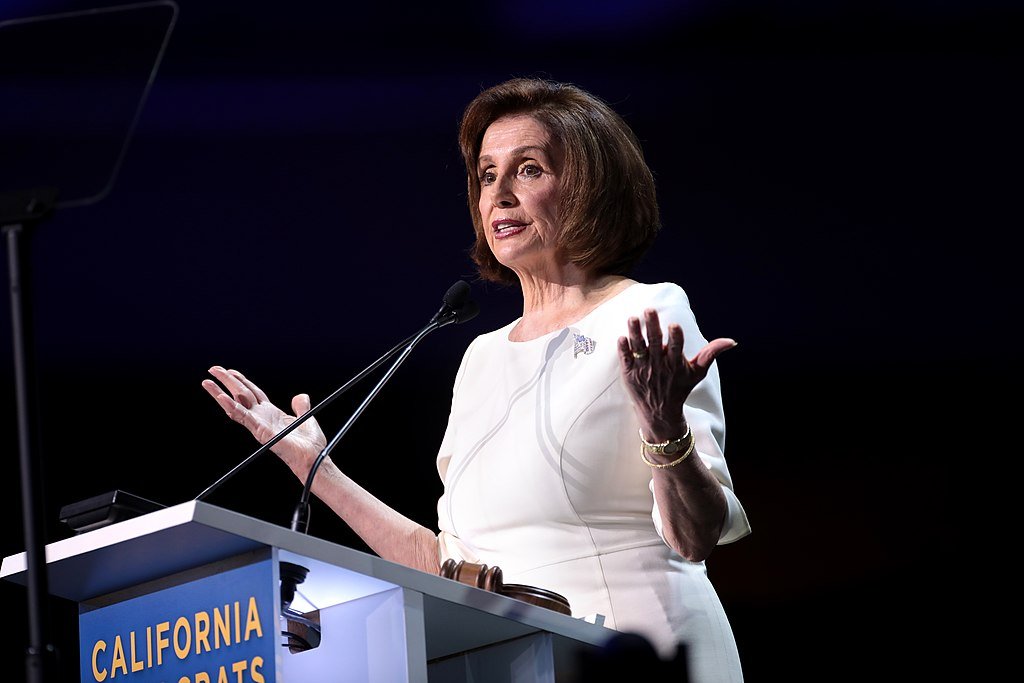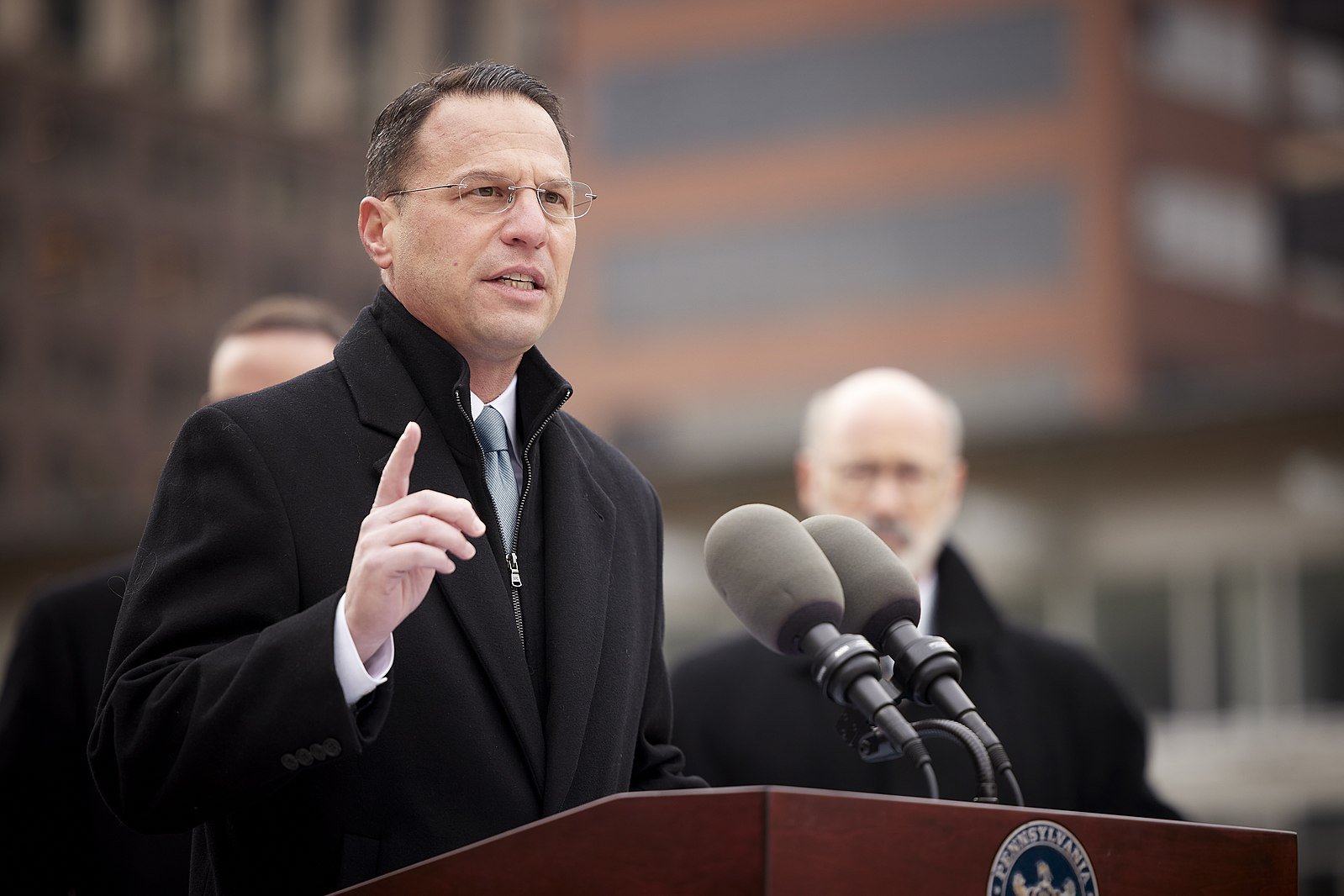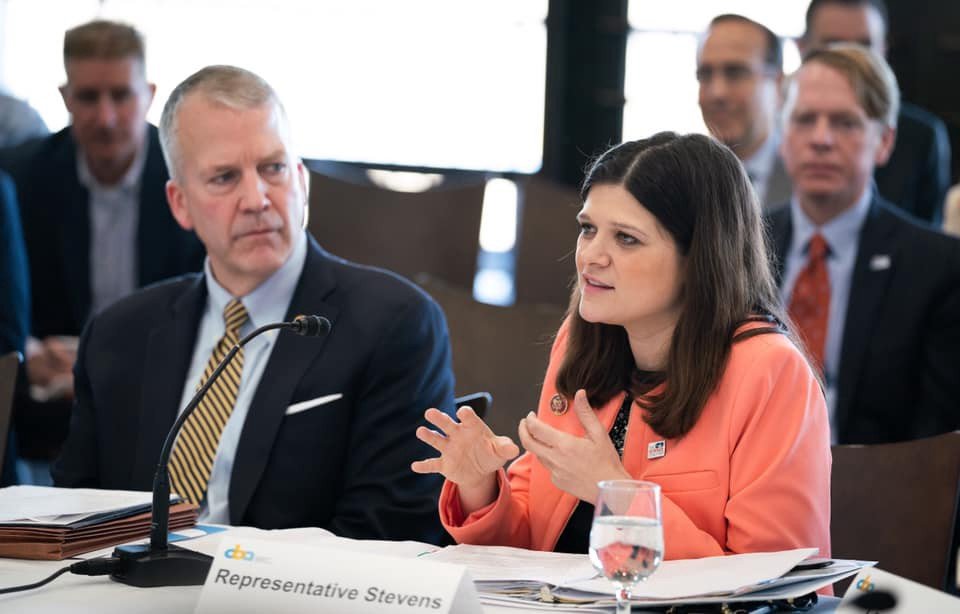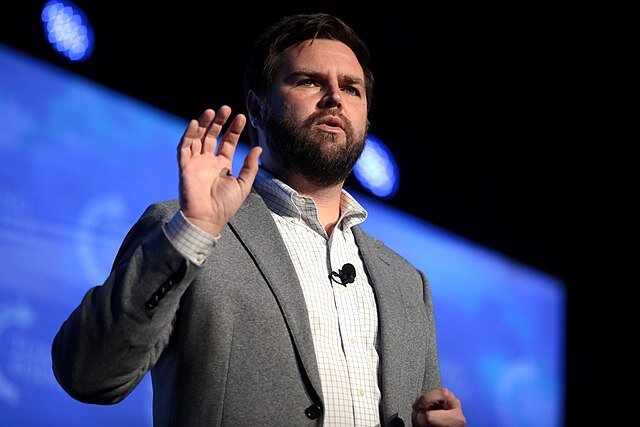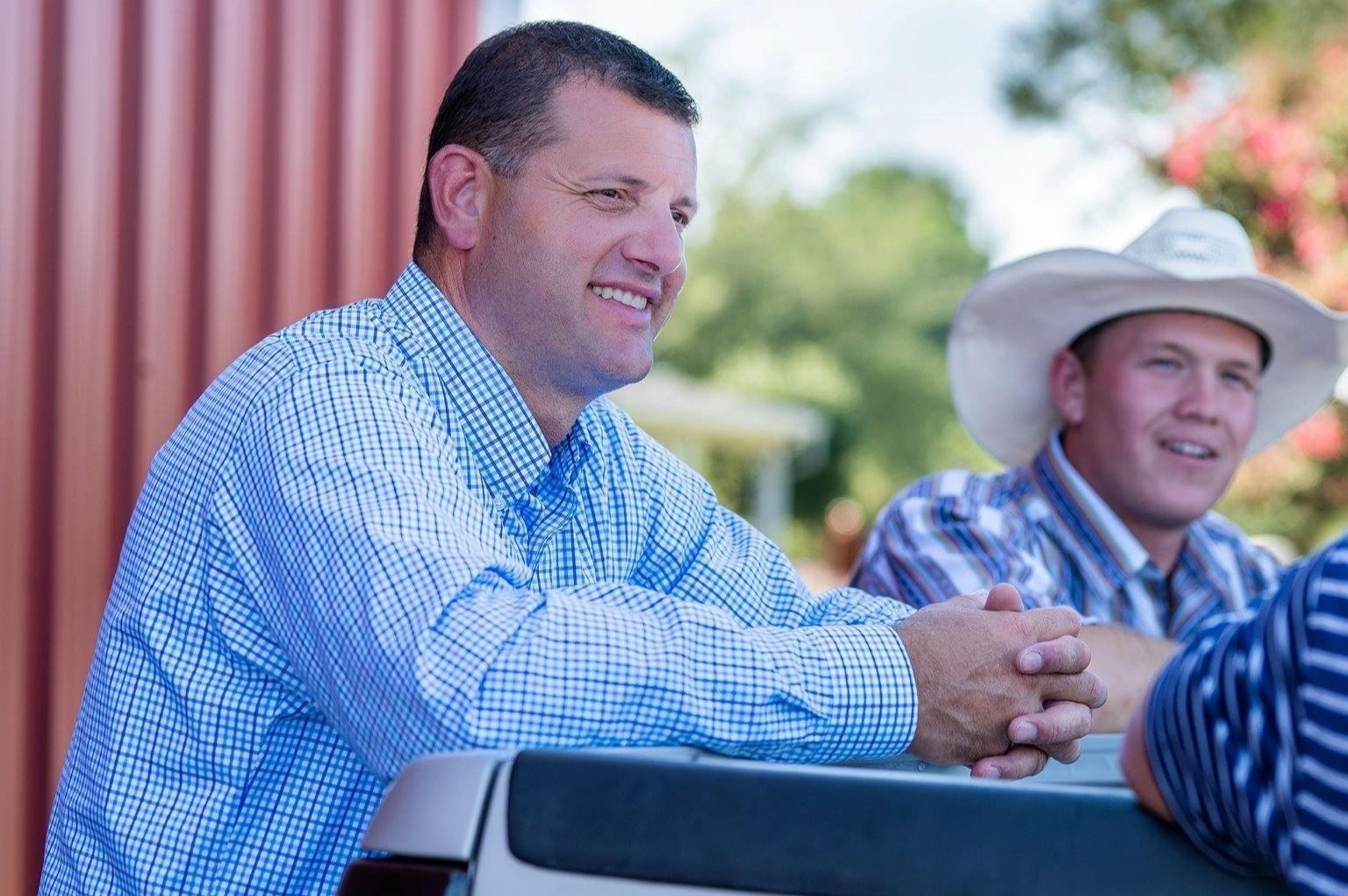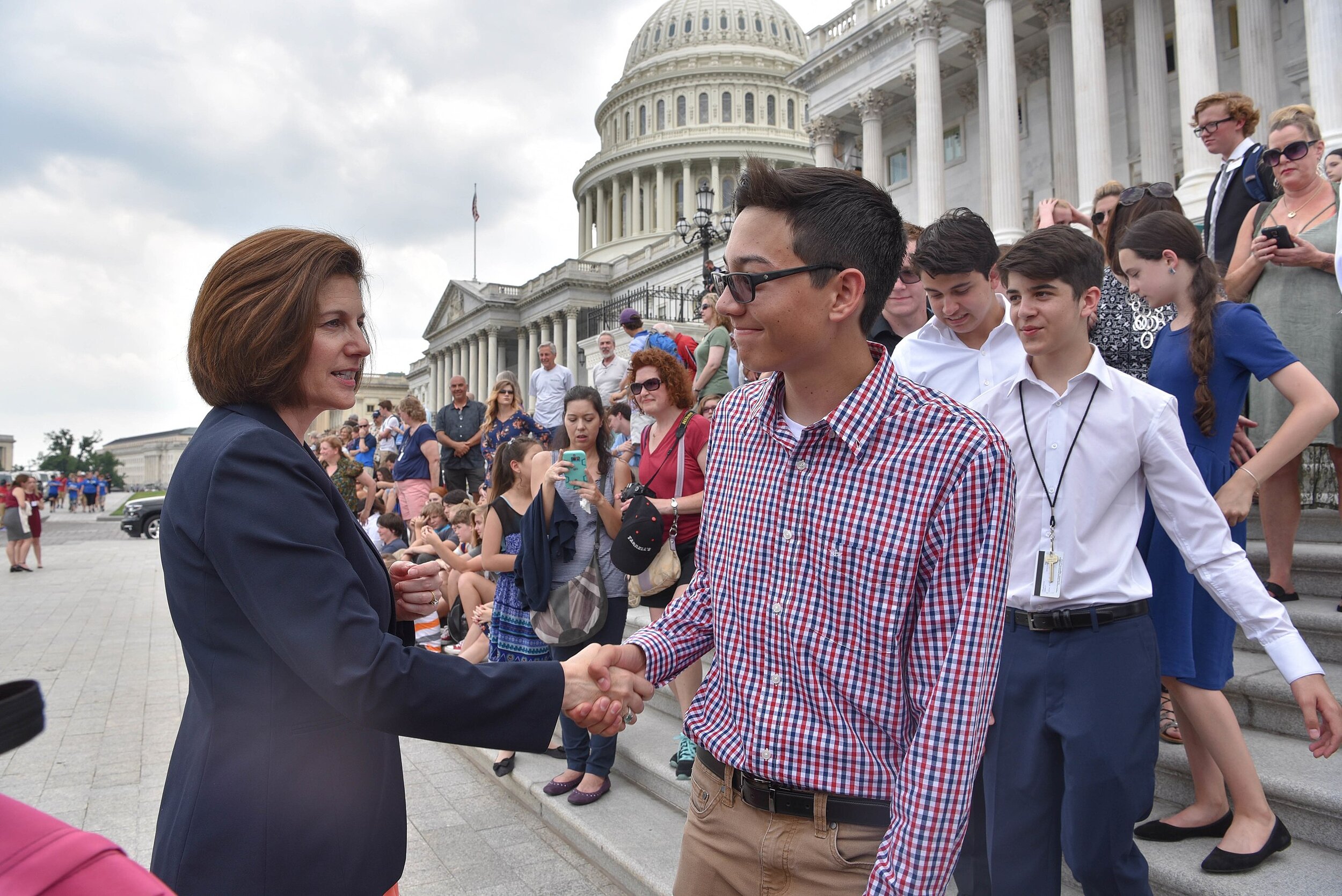Ron Johnson is a Top Target for Democrats, but He Won’t Be Easy to Beat.
Photo credit: Gage Skidmore
By: Joseph Brusgard
Date: October 1st
Democrats have long dreamed of beating Wisconsin Senator Ron Johnson, but he's evaded their grasp in back-to-back election cycles, twice defeating former Senator and progressive stalwart Russ Feingold. They are hoping that this year might be different, and there are some early signs that Johnson could be vulnerable. Across nine polls, only 36% of Wisconsin voters have a favorable view of Johnson, compared to 46% that have an unfavorable view. Moreover, while Wisconsin has drifted right in recent years, it still remains one of the most competitive states in the nation. Biden won it by just 20,682 votes, making it the tipping point state in the 2020 election - or in other words, the state that gave Biden his 270th electoral vote.
However, Ron Johnson might not give Democrats a third chance at victory. He is one of only two Senators that have yet to make a decision on whether to run for re-election in 2022. When Johnson first ran in 2010, he pledged to only serve two terms, and he said keeping that pledge is “probably my preference right now”. In a recent interview with conservative commentator Lisa Boothe, Johnson said, “I want to make sure that this U.S. Senate seat is retained in Republican hands. You see what the media’s doing to me. I may not be the best candidate. I wouldn’t run if I don’t think I could win, if I don’t think I was the best person to be able to win.”
The Senate Forecast
The 2022 Senate Forecast is now live, and projects the outcome of every Senate race, updated daily with the latest polls. In 2020, it was one of the most accurate forecasts in the nation.
Nonetheless, Florida Senator Rick Scott, the National Republican Senatorial Committee Chair, has expressed confidence that Johnson will take the plunge and run again. Scott’s preference for Johnson to run is understandable - Incumbent senators enter their re-election with several advantages such as name recognition, fundraising, and accomplishments to run on.
It might be telling that Johnson has some concerns over whether he is the best candidate. Johnson has embraced the role of the partisan warrior in recent years, and he’s become a target of Democratic ire for his frequent statements about his misgivings on the vaccine and the 2020 election results, which could erode his support in the suburbs. This is consequential because the Republican party’s success in the Wisconsin suburbs has been a key part of their past victories.
2016 Advertisement by Ron Johnson
It would be quite premature to write Ron Johnson’s political obituary. The Wisconsin Senator has a long history of outperforming expectations and pulling off surprising victories. In the 2016 election cycle, Ron Johnson had low favorability ratings, and his race was seen as a top pick-up opportunity by the Democratic party. The party successfully recruited former Senator Russ Feingold to run once again, believing this time around he could beat Johnson, who won on the strength of a historic Republican red wave in 2010. Even the Republican National Senate committee had all but left Johnson for dead, pulling $800,000 of spending from Wisconsin in the final weeks of the campaign.
Johnson shocked the political world by winning a come-from behind victory, outperforming the polls. When it was all said and done, Johnson outperformed Donald Trump by 3%. One of the best signs for Johnson in 2022 is that he has considerable room to grow in the rural counties. Russ Feingold did much better than Clinton in the more rural counties, where he had a long relationship with voters. If national trends hold, Johnson will likely perform considerably better in those rural counties, which could be enough to offset his potential losses in the suburbs.
Polling for the 2022 Senate Election. We’re tracking every 2022 Senate Polls here.
In 2016, Johnson framed himself as a business-friendly Republican that was above the fray of partisan politics. Now, he's embraced his role as one of the Senate’s foremost culture warriors. Will this hurt or help him? Democrats tend to assume it’s the former. Johnson, after all, does spike hate donations in a similar way as Donald Trump and Scott Walker, so a Johnson candidacy would be a boost in the arm for Wisconsin Democrats and accelerate already existing trends. However, don’t rule out the possibility that Johnson will be able to lean into the Trump-like rhetoric to juice rural turnout and ride his way to a third term. It could also backfire and mobilize Democrats to higher turnout in Madison and Milwaukee, similar to the 2020 presidential election.
If Johnson decides not to run again, it would set off an open race for the nomination. The leader at this early stage would likely be Mike Gallagher, the Representative for Wisconsin’s 8th district. Gallagher is a strong fundraiser with the capacity to thread the needle between the Trump wing of the party and the more establishment-minded Republicans. He’s disagreed with the party on a few issues, like James Comey’s firing, and has been outspoken on his criticism of China. He’s also beaten Tom Nelson before, who is one of the candidates running on the Democratic side. There are a few other potential candidates who might run, but the field is frozen until Johnson makes a decision.
Mandela Barnes Senate Campaign Launch Video
Democratic Primary
The Democratic primary has attracted a deep field of experienced candidates, not unlike the one which assembled to take on Scott Walker in 2018. In the end, Tony Evers won that competition. We’re tracking all the polling, fundraising, and more for the Wisconsin Democratic primary, and every other competitive Senate Primary in the 2022 election cycle.
Out of over ten candidates, the frontrunner at this stage is Lieutenant Governor Mandela Barnes. Barnes is a former State Assemblyman from Milwaukee that won alongside Governor Evers in 2018. Barnes has positioned himself on the progressive flank of the party. He has endorsed the Green New Deal and Medicare for All and earned the endorsements of progressive stalwart Senator Elizabeth Warren. Milwaukee born and raised, Barnes is well-positioned to drive out support in the city and suburbs in both the primary and the general. He’s also had experience and success running a statewide election. If elected, Barnes would be the first Black senator elected from his state and only the twelfth in US history.
The only public statewide poll we have in Wisconsin was published by the Barnes Campaign, and it shows him far and away in first place at 34%, with no other candidate breaking 10%. Despite the obvious room for bias here, it's telling that no other campaign has countered with their own poll yet.
Sarah Godlewski Senate Campaign Launch Video
Nonetheless, his path to the primary goes through several other heavyweight candidates, including treasurer Sarah Godlewski, who won office in 2018 with the best performance of any statewide candidate that cycle, with the one exception of popular incumbent Tammy Baldwin. Godlewski ran for the office on a promise to save the office, which Governor Scott Walker was trying to remove. Much like Barnes, Godlewski is running a very progressive campaign. She has endorsed ideas like a wealth tax, raising the minimum wage, and ending the filibuster. Godlewski hails from Eau Claire, a crucial region in central-western Wisconsin, setting her apart from her opponents who are primarily from Milwaukee or Madison. Godlewski could argue that a candidate outside the major cities could be an asset, and she’s racked up a few key endorsements, including Emily’s List. However, Godlewski has lagged in fundraising, only raising 500k last quarter, before Mandela Barnes entered the race. In fairness to Godlewski, it’s worth noting that she wasn’t fundraising after mourning her father-in-law's passing.
Alex Lasry Campaign Launch Video
Alex Lasry is the Senior Vice President for the Reigning NBA Champions, the Milwaukee Bucks. Lasry is no stranger to politics. His father was a prolific fundraiser for Barack Obama, and he raised funds for Biden. He’s a mainstream Democrat on issues such as the minimum wage and unions. Lasry raised $1m last quarter, the best showing of any candidate. His connection to the Bucks could prove useful, which was once owned by former Senator Herb Kohl. Although Kohl has been silent on the race, an endorsement from a former Senator would be a boon to his campaign. Lasry could also benefit from the Buck's recent enormous success last year when the Bucks won their first championship in forty years. While Lasry’s wealth and connections will help ensure that he has the resources to get his campaign message out, this may become a vulnerability in both the primary and the general election, at a time when anti-elitism has become a central tenet of politics on both sides of the aisle.
The last of the top four candidates is Tom Nelson, a progressive from a fairly red part of the state, Outagamie county. Nelson has long been involved in Wisconsin politics. He was the former Majority Leader of the State Assembly, the failed nominee for Lieutenant Governor against Scott Walker and Rebecca Kleefisch in 2010, and now the county executive since 2011. Nelson has supported progressive policies like the Green New Deal and Medicare for All.
The fact that he’s in Republican terrain can be an asset to winning some crossover support. He’s also lead in at least one internal poll against Ron Johnson. However, he has some weaknesses. He hasn't been able to build an early lead despite being in the race since October 2020. If Ron Johnson passes on the race and Mike Gallagher becomes the frontrunner, it might spell trouble for Nelson’s chances, as his opponents will likely highlight that Tom Nelson lost to Gallagher when he ran for his seat in the 8th district.
General Election
Once we enter the General Election, the so-called WOW counties, Washington, Ozaukee, and Waukesha, are going to be center stage. These three suburban Milwaukee counties have traditionally been Republican strongholds. Waukesha and Ozaukee have trended away quickly in the direction of Democrats, but Washington has been a hold-out. A good performance here would hurt Republican chances, especially considering Washington gave Ron Johnson 71% of the vote in 2016.
Another area to watch is La Crosse and the surrounding counties in West Central Wisconsin. These three counties make up most of the 3rd congressional district. As the incumbent Congressman Democrat Ron Kind retires from this Republican-leaning district, Democrats are going to want to run well here to improve rural margins to hold on to a seat that could play a key role in determining the House Majority. Therefore, expect both parties to invest considerable resources into mobilizing voters here.
Finally, as alluded to earlier, Democrats are at risk of losing considerable ground in the rural northern parts of the state. Johnson underperformed Trump here, in large part due to former Senator Russ Feingold’s strength in rural areas. A new Democrat might face difficulty building ties here.
Our model gives the Republican party a 67% chance of winning the seat, in large part due to Ron Johnson’s past performance and the state's recent drift to the right relative to the national vote. Nonetheless, this election is clearly in play, and will likely be a nail-biter on election night. If Democrats aren’t able to defend all four of their most vulnerable Senate incumbents in Arizona, Georgia, New Hampshire, and Nevada, they will need to flip a Republican state to hold their majority. Wisconsin provides them one of their best opportunities. Therefore, the state could easily play a crucial role in determining the Senate majority. In 50,000 simulations of the election, Republicans' chances of winning the majority rise to 67% when they take Wisconsin, while Democrats' chances of winning rise to over 90% when they flip the seat.




